T
This Encyclopedia constitutes a preliminary source of case studies that reveal aspects of the transnational illicit trade in cultural objects.
Each entry synthesizes information taken from what are considered to be reliable sources, and presents a bibliography of primary publications to facilitate further research. We endeavour to prepare texts that are factually accurate and objective accounts, and the texts are not indicative of an author’s personal opinion.
The Encyclopedia is a work in progress, and new entries will be added (and current entries updated as appropriate) as time permits. The authors endeavour to attribute any images that are used, but we should be contacted by the owners of unattributed images.

Marion True
Marion True was Curator of Antiquities at the J.Paul Getty Museum in Los Angeles from 1986 until 2005. She was charged and tried in both Italy and Greece on offences related to antiquities smuggling, but never convicted.

Tchorniye arkheologi (‘Black archaeologists’ or чёрные археологи)
Different terms and nicknames are used across the world to describe illegal diggers of archaeological sites, such as tombaroli (in Italy), nighthawks (in the British Isles), and huecheros (Belize and Guatemala). In parts of Eastern Europe including the Russian Federation, and other post-Soviet states such as Moldova (Musteață 2010), and the Baltic states (Monitoring Group 2005: 19; Ulst 2010),...
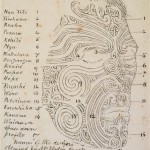
Toi moko
Tattooed and preserved Māori heads, traded primarily in the mid-nineteenth century and the subject of a number of recent repatriation requests.
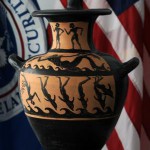
Toledo Museum of Art Return to Italy (2013)
In January 2013 the Toledo Museum of Art returned a piece that was discovered to have been smuggled out of Italy.
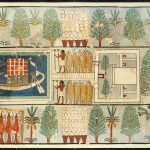
Tomb of Minnakht Wall Paintings
Paintings stolen from an Egyptian tomb and purchased from an Amsterdam dealer by the Museum of Fine Arts, Boston.
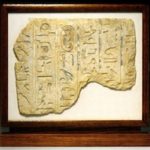
Tomb of Mutirdis Relief Fragment
Stolen Egyptian tomb relief recovered from Bonhams in 2008.
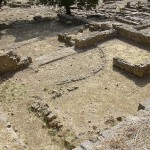
Tombarolo
‘Tombarolo’ is an Italian term (plural ‘tombaroli’), derived from the Italian word ‘tomba’, meaning tomb or grave.
